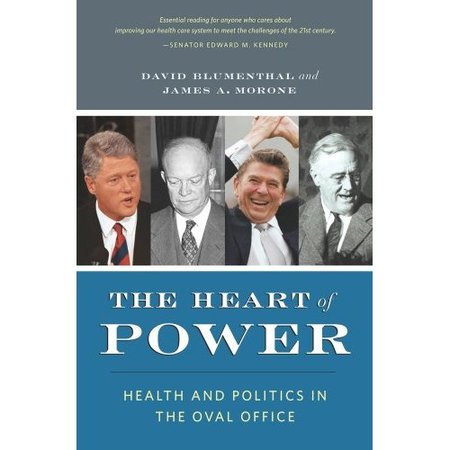Eight million men and women in the United States who struggle with binge eating, defined as consuming large amounts of food within a two-hour period at least twice a week without purging, accompanied by a sense of being out of control.
While about 10 percent of patients with anorexia and bulimia are men, binge eating is a problem shared almost equally by both sexes. A study published online in October and then in the March issue of The International Journal of Eating Disorders found that among 46,351 men and women ages 18 to 65, about 11 percent of women and 7.5 percent of men acknowledged some degree of binge eating.
"Binge eating among men is associated with significant levels of emotional distress, obesity, depression and work productivity impairment," said Richard Bedrosian, a study author and director of behavioral health and solution development at Wellness and Prevention Inc., which works with employers and health plans.
But while binge eating is challenging for women who suffer from it, the perils are perhaps greater for men, who rarely seek treatment for what many believe is a "women's disease." Unlike bulimia and anorexia, binge eating does not even have a distinct listing in the current D.S.M., as the diagnostic guide for mental health professionals is known.
"Guys generally don't come forward for any reason," said Ron Saxen, 49, author of "The Good Eater," a memoir of his struggle with binge eating, which began when he was about 11. At his worst, Mr. Saxen was consuming 10,000 to 15,000 calories' worth of Big Macs, French fries, chocolate milkshakes, candy bars, ice cream and M & Ms, often within an hour-and-a-half window.
Those men who do seek treatment often have difficulty finding a facility or therapist to work with them -- even the literature is predominantly female-centric. Before Vic Avon was given a diagnosis of anorexia in 2006, for example, he scoured the Web for information relating to men and eating disorders. "Everything I saw was written for and by women," said Mr. Avon, 29, a building contractor in Brick Township, N.J.
Continue reading "Big eaters" »

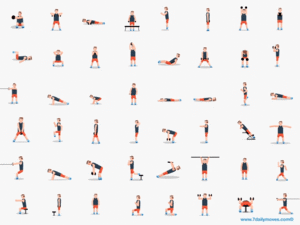

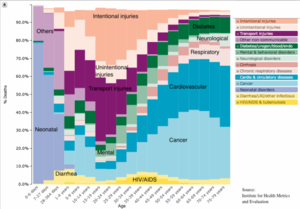

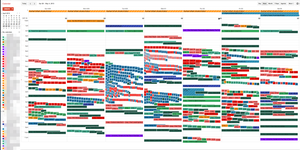

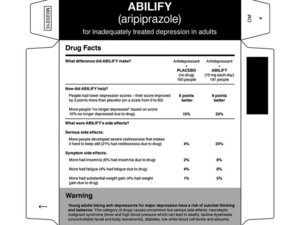
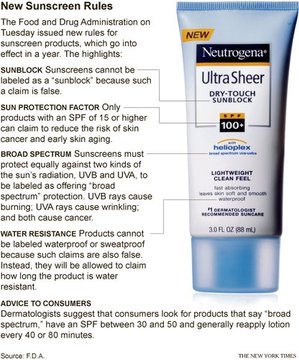
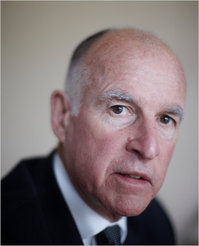
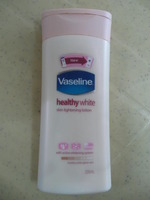
![Reblog this post [with Zemanta]](http://img.zemanta.com/reblog_e.png?x-id=d6a83086-c84f-4c11-a3c2-cd43f5662bcf)

![Reblog this post [with Zemanta]](http://img.zemanta.com/reblog_e.png?x-id=d88d7c05-34c5-4ea1-bed1-cfa49b15d6a8)
